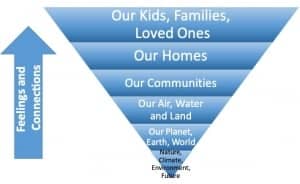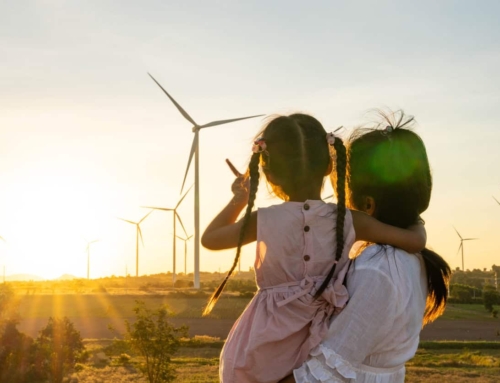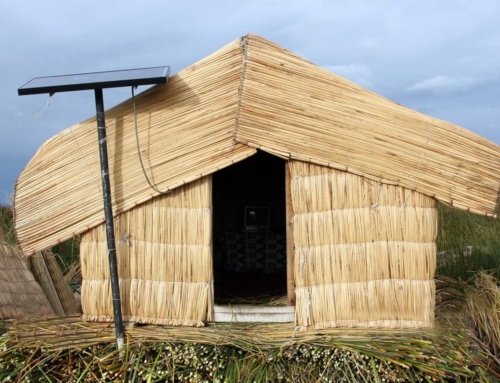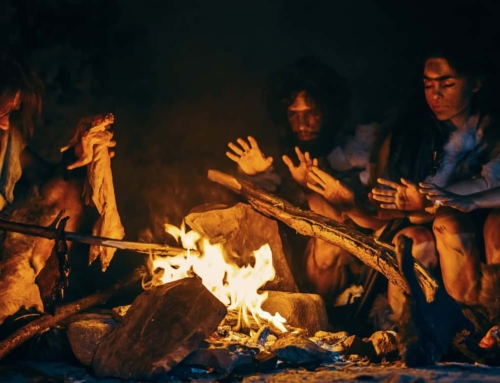You remember the ones. The scene of the soldier hitchhiking though a blizzard to make it home for Christmas. His mother waiting, holding his worn photo in her hand and brushing it gently. The joy on her face as he enters her kitchen. Then the hug. Wait for it. He takes a puppy from his backpack and gives it to his little brother. The commercial you need a box of Kleenex to watch, and if you’re a guy, the one you fake sneeze at so you can wipe your eyes.
What is it about these commercials that appeals to everyone? It’s the feelings they generate. Before Subaru claimed Love as their brand, Hallmark owned it. What’s the lesson here for climate communications?
We must feel the objects of our verbs? Stick with me here for a second.
If I hear anyone say, “Climate change is an existential threat. We need to save the planet.” I will slap them up side the head.
This statement is true. But can I feel the object of my verb, the planet? Do I care about the planet?
Yes, of course I do. But not really. Intellectually I understand the concept of the planet. But like the word, climate, it is remote and abstract. (Don’t get me started on existential.)
We don’t need to save the planet! We need to save our children, our loved ones, ourselves. I can feel my children in my heart. Nothing will stand between me and my children, and don’t ever threaten them.
The point is that we need to make sure our audience can relate to and feel the impact and need to protect the objects of our verbs. That means they need to be close, valuable, impacted and loved. Yes, I like polar bears. But I don’t love them like I love my kids.
This doesn’t mean that we can’t refer to the global issues we face. Only that we need to connect them. For example, Save the Planet becomes Save the Planet for Our Kids. Or Our Families, Our Homes, Our Planet.
So here’s my hierarchy of climate objects to keep in mind. Like Maslow’s hierarchy, the ones at the top are the most vital.

We can’t tell them. But we will succeed if we make our audiences feel the connection and value of climate inaction through stories. They are likely to care more about their families than the environment or the future. Then give them a good call to action. One that’s achievable. Make them buy the card. They will feel better about themselves.
Thanks for what you do. Your heart is like a river. It keeps bringing life to our cause.
PS: Don’t forget the puppies.
Hobie,
‘We are all connected. Savor the Earth!’™
Hobart Stocking
SkyWaterEarth.com
hobart@skywaterearth.com
651-357-0110
Facebook: @SkyWaterEarthConnected
Twitter: @SkyWaterEarth








Leave A Comment